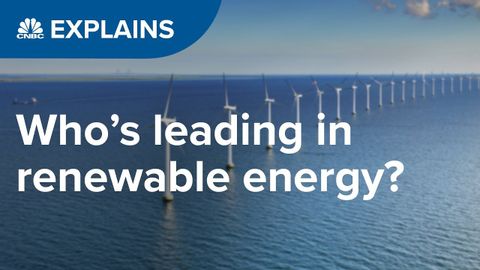誰在可再生能源領域處於領先地位?| 美國有線電視新聞網(CNBC)解釋 (Who is leading in renewable energy? | CNBC Explains)
Alvin He 發佈於 2021 年 01 月 14 日  沒有此條件下的單字
沒有此條件下的單字US /ˈrek.əɡ.naɪz/
・
UK /ˈrek.əɡ.naɪz/
- v.t.認可;接受;賞識;承認;表彰;嘉獎;認出,認識
- v.t.著手對付(或處理);擒抱並摔倒
- n. (c./u.)用具;裝備;繩具;處理,接受挑戰
US /kəˈpæsɪti/
・
UK /kə'pæsətɪ/
- n. (c./u.)容量;能量;生產力;能力;才能;地位;職位;電容;法律行為能力
US /koʊˈɪnsɪdəns/
・
UK /kəʊˈɪnsɪdəns/
- n. (c./u.)巧合;同時發生或存在的事物;同時發生

